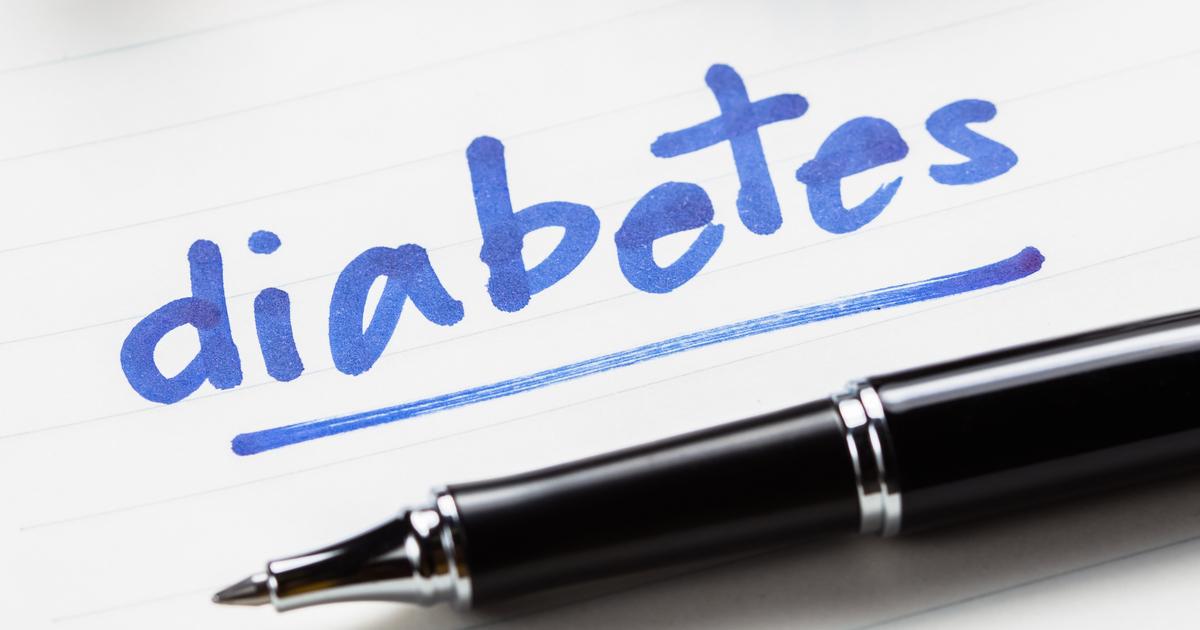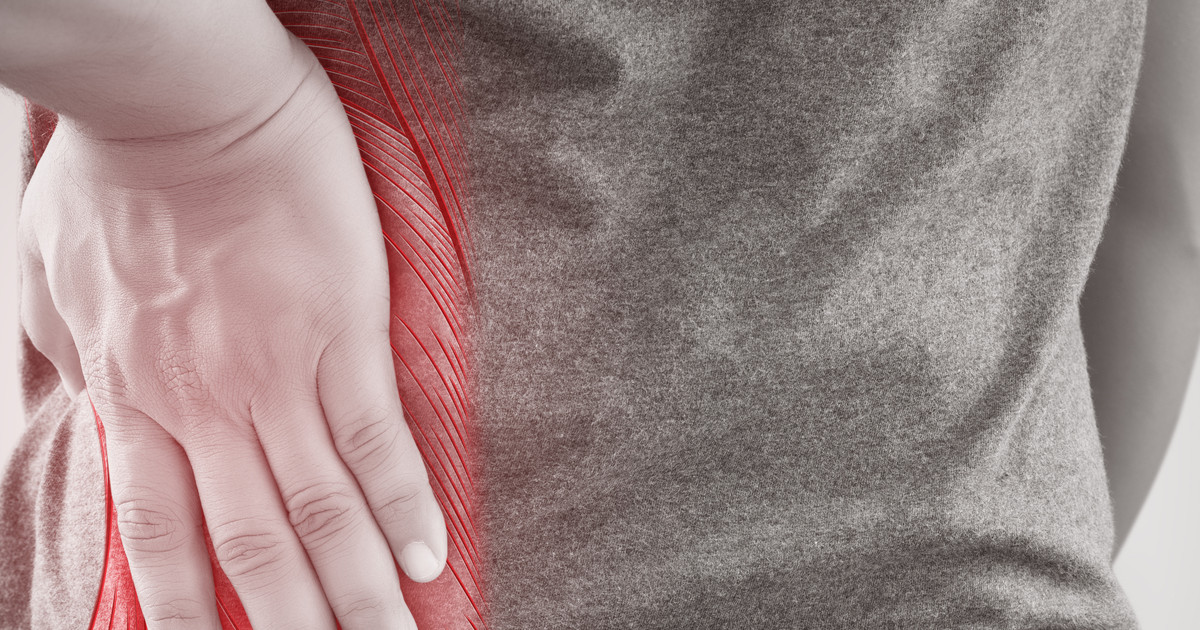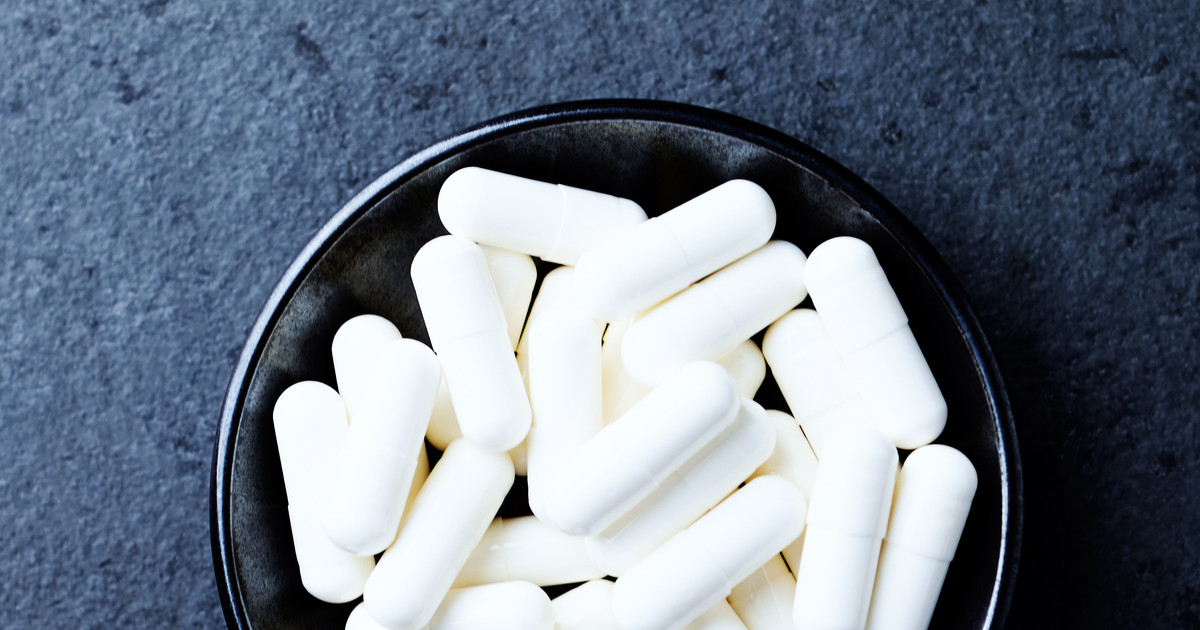Causes And Risk Factors Associated With Muscle Cramps
Muscle cramps occur when one or more muscles suddenly undergo an involuntary contraction. They tend to be painful and can last anywhere from a few seconds to several minutes. Most individuals will experience at least one muscle cramp in their lifetime. The pain from cramping can range from mild to debilitating. The majority of muscle cramps are harmless and pass on their own. However, some temporarily disable the affected muscle, and individuals may not be able to relax or move it.
Treatment for muscle cramps can be fairly simple. Some patients will take a muscle relaxant for cramps. Of course, there is also medication that offers some muscle spasm pain relief. There are other remedies as well, including over-the-counter ointment for muscle cramps. Some individuals will see relief with natural treatments for muscle cramps, including a gentle muscle massage. However, it is vital to understand the risk factors and causes of muscle cramps first! This is how patients can ensure they receive the best muscle cramp treatment.
Pinched Or Compressed Nerves

Pinched or compressed nerves, such as those known as sciatica, can cause muscle cramps. A slipped or herniated disc is the most common culprit of sciatica. Since it has shifted out of place, the disc puts increased pressure on the root of the nerve. When an individual's spinal nerves become compressed, one of the effects is cramping pain throughout the legs. The longer individuals walk, the worse the pain gets. If individuals experience this kind of pain, the best thing they can do is rest until their muscles relax.
However, there are some circumstances where patients have to keep walking, and when this is the case, they should use a mildly flexed position. They should imagine they are pushing a shopping cart and assume the posture they usually would in the grocery store. This can help delay symptom onset, reduce the symptoms currently occurring, and lower the amount of time the cramp lasts.
Read more about the causes and risk factors of muscle cramps now.
Depletion Of Minerals

In addition to needing vitamins, the body needs certain minerals to function properly. Vitamins and minerals make up the majority of essential nutrients. Essential nutrients must be found through an individual's diet because they are necessary for survival. The depletion of minerals can cause muscle cramps and other symptoms. If individuals have a magnesium, calcium, or potassium deficiency, they are more likely to develop leg cramps. Common signs of potassium deficiency are muscle weakness, muscle spasms and cramps, fatigue, digestive issues, heart palpitations, muscle stiffness, tingling or numbness in the extremities, trouble breathing, and unusual mood changes.
Magnesium deficiencies present with muscle twitching and cramping, mental health issues, osteoporosis, muscle weakness, fatigue, high blood pressure, an irregular heartbeat, and asthma. Long-term calcium deficiency can cause symptoms such as muscle issues, fatigue, changes to the skin and nails, osteoporosis, osteopenia, tooth decay, irritated or diseased gums, and depression. Even if patients get these minerals through their diet, diuretic medications can sometimes deplete them. Diuretics are often prescribed for high blood pressure, and they work by eliminating fluid in the body.
Uncover more information on causes and risk factors associated with muscle cramps now.
Narrowed Arteries

Narrowed arteries typically cause cramps while an individual is exercising or directly after they finish exercising. The cramps rarely persist for long after they stop exercising and rest. If they do persist, the affected individual may need medical attention. The legs are supplied with blood through several different arteries. Exercising can cause these arteries to narrow, which means that individuals may not receive the blood supply they need. This is doubly compounded because the muscles need more oxygen during exercise, and oxygen is delivered by red blood cells.
Cramps from this phenomenon can occur throughout the legs and feet. Peripheral artery disease often causes cramping pain in the calves, thighs, or hips. The narrowed arteries are only noticeable during exercise, since the muscles require more oxygen. In this case, cramps are the muscle warning the brain it cannot sustain the current activity level.
Learn more about the causes of muscle cramps now.
Dehydration

Many individuals know feeling thirsty is a common warning sign of dehydration. However, there are other signs of dehydration, including muscle cramps. When the body is depleted of fluid, its natural cooling mechanisms do not work, leading to overheating and heat illness. Heat illness is especially common in individuals who exercise in hot conditions. Experts say that as individuals get hotter, their muscle cramps will become more intense. Normally, the body cools itself naturally by releasing fluid and using water to cool off the internal structures. However, a lack of water can lead to overheating, similarly to how a car engine overheats if there is no coolant. The increased temperature causes the muscles to seize up and spasm.
Cramping from increased temperature is a serious sign of heat illness and might require emergency treatment. If an individual's muscles are too hot to function, their internal organs also are. However, cramping is not always the result of increased internal temperature. Electrolyte imbalances, also caused by dehydration, can keep the muscles from adequately performing.
Keep reading to learn more about the risk factors linked to muscle cramps now.
Certain Medical Conditions

Certain medical conditions, including thyroid conditions, diabetes, and liver disorder, can increase an individual's risk of developing muscle cramps. Diabetes occurs when the body does not produce enough adequate insulin. Insulin turns sugar into energy cells can use. If the sugar is staying in the blood instead of being converted to energy, the muscles become starved of resources and can cramp. Hypothyroidism, which occurs when the thyroid does not produce enough thyroid hormone, can cause several symptoms. They include muscle stiffness, weakness, and cramping, as well as a reduction in temperature, depression, and severe lethargy.
Many forms of liver disease can cause muscle cramping, but it is particularly common in cirrhosis. Cramp-fasciculation syndrome is a muscle condition that causes cramping. Many neurological disorders can also cause muscle spasms, contractures, and dystonia, which can all be mistaken for cramps.
Reveal more risk factors for muscle cramps now.
Muscle Overuse

Many individuals may deal with muscle cramps if they overuse their muscles. This is often linked to exercising. Unfortunately, many individuals exercise too often or increase the intensity too quickly. This can lead to muscle injuries and muscle overuse, triggering cramps. Runners often experience leg cramps or side cramps due to muscle overuse. Other athletes are at risk of experiencing muscle cramps due to muscle overuse as well. Individuals should consider starting slow with their exercising routine and be sure to build in breaks every week to avoid overusing their muscles. Of course, it is vital to stop exercising if they notice signs of a muscle cramp. If it is mild, the healing process should be fast, but continuing to exercise can make it worse.
Discover additional risk factors and causes of muscle cramps now.
Muscle Strain

Another significant cause of muscle cramps is muscle strain. In some cases, individuals will deal with muscle strain alongside muscle overuse if they exercise too frequently. Of course, sometimes individuals will strain their muscles when they are not exercising, such as lifting heavy objects during a move, carrying too many groceries at one time, or even stretching muscle well beyond their capacity. Individuals may also develop muscle strain and subsequently muscle cramps when they are holding the same position for too long. The position must put some pressure on their muscles and take effort to hold.
Continue reading to learn about more risk factors and caused linked to muscle cramps now.
Exposure To Cold Temperatures

Some individuals will deal with muscle cramps when they are exposed to cold temperatures. This is common during the winter when it is cold everywhere and when individuals come into contact with cold water. The reason that exposure to cold temperatures can cause muscle cramps, or at least increase an individual's risk of them, because the cold can cause the muscles to contract and stiffen. In other words, muscles do not experience as much elasticity when they are around cold temperatures. In addition, cold temperatures during the winter also make individuals less active, which can cause injuries and cramps when they do happen to exercise or complete a physical task.
Get more information on risk factors linked to muscle cramps now.
Certain Medications

Evidence indicates that certain medications can increase an individual's risk of experiencing muscle cramps. Some of the medications that have been linked with this increased risk include statins, diuretics, steroids, Alzheimer's disease medication, asthma medication, and high blood pressure drugs. The reason they increase the risk of muscle cramps varies. In the case of diuretics, it is because diuretics remove water from an individual's body, leaving less protecting the muscles. In addition, the removal of water due to diuretics increases the risk of dehydration, which is another cause of muscle cramps. Unfortunately, it is not always clear why certain medications can cause muscle cramps as a side effect, as is the case with statins for high cholesterol.
Discover more causes of muscle cramps now.
Not Warming Up Before Exercise

Individuals need to stretch and warm up their body before they start every exercise session, including a light jog. Stretching and warming up allows blood to flow better throughout the muscles, which reduces the risk of many muscle injuries. Individuals who do not warm up properly before exercise are starting 'cold,' which increases their risk of experiencing muscle cramps and dealing with other muscle injuries. It is also worth noting that these other muscle injuries, such as muscle strain, can also cause a cramp to develop. Failing to warm up before exercise often also means that individuals are pushing themselves too hard, which can result in muscle overuse, another risk factor associated with muscle cramps.